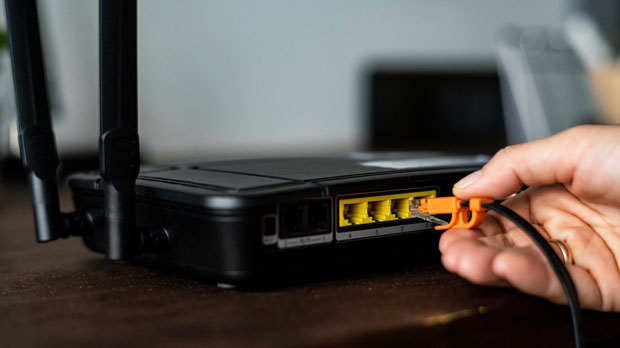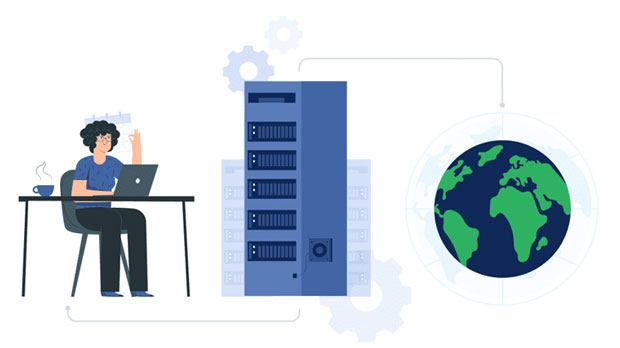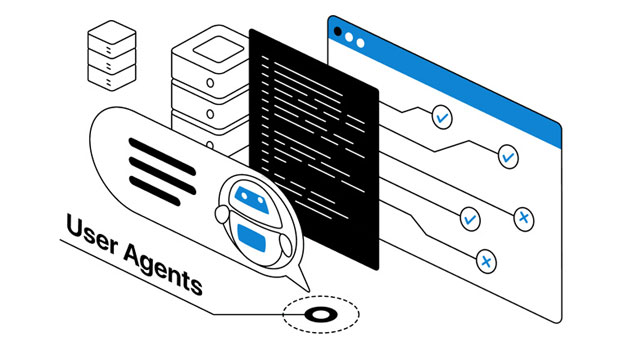In the field of HTTPS data transmission security, choosing the right proxy service is critical for ensuring both security and speed. Netnut and PYPROXY are two popular proxy providers that are often compared for their features, security, and performance. This article aims to provide a comprehensive analysis of both, helping users make an informed decision about which service is better suited to their needs. Overview of Netnut and PyProxyWhen it comes to data transmission over HTTPS, the security of the proxy service you use plays a vital role. Two proxy solutions that have garnered attention are Netnut and PyProxy. Both offer a range of services that help with secure browsing, data scraping, and bypassing regional restrictions. However, there are key differences in their features, performance, and pricing. This article will explore these aspects in depth, providing you with a clear understanding of which is the best choice for securing your HTTPS data transmissions.What Is Netnut?Netnut is a proxy service designed to provide enhanced security, anonymity, and reliability. It is based on Python, offering developers an easy-to-integrate solution with full control over the proxy management. Netnut is well-known for its high customization capabilities, making it suitable for users who need more control over their data routing. This service works across various industries, including cybersecurity, data scraping, and market research.The main feature of Netnut is its ability to rotate IPs automatically, providing users with a higher level of anonymity. This feature is particularly useful for users conducting large-scale data scraping tasks or those who need to protect their browsing activity from being tracked.What Is PyProxy?PyProxy is a proxy provider that offers residential proxies, meaning it routes traffic through real residential IPs rather than data center IPs. This approach provides more reliability, especially in bypassing geo-restrictions and preventing IP bans during large-scale scraping. Unlike Netnut, which is more developer-centric, PyProxy is known for its ease of use, offering a user-friendly interface and solid customer support.PyProxy operates a massive network of over 10 million residential IPs worldwide, making it a popular choice for businesses looking to conduct market research, competitor analysis, or web scraping at scale. One of the key benefits of using PyProxy is its fast and stable connection speeds, thanks to the use of real residential IPs.Security FeaturesBoth Netnut and PyProxy offer high levels of security, but they do so in different ways. Netnut emphasizes control and flexibility, allowing users to customize security settings to their needs. It provides features such as IP rotation, SSL encryption, and anonymity, all crucial for secure HTTPS data transmission. Netnut is an excellent choice for users who want granular control over their proxy configuration.On the other hand, PyProxy focuses on ease of use and reliability. Its residential IP network ensures that data transmissions are less likely to be blocked or flagged by websites, offering greater stability. PyProxy also provides SSL encryption for secure data transmission and automatic IP rotation, which minimizes the chances of encountering security issues like IP bans or data leakage.Performance Comparison: Speed and ReliabilityWhen it comes to performance, both Netnut and PyProxy have strengths and weaknesses. Netnut provides great flexibility, but its performance can vary depending on the specific configurations you choose. Because it is highly customizable, the speed and reliability of Netnut depend on how it is set up and managed by the user. However, for experienced developers, Netnut offers a powerful solution that can be fine-tuned for specific needs.PyProxy, in contrast, offers a much more consistent performance, thanks to its extensive network of residential IPs. Its speeds are reliable, and the service tends to perform well even during heavy loads or when accessing geographically restricted content. With PyProxy, you can expect stable speeds, especially for large-scale data scraping or web browsing, without worrying about frequent IP bans.Pricing and ValuePricing is another critical factor to consider when choosing between Netnut and PyProxy. Netnut typically offers more competitive pricing for developers and smaller-scale users. Since it is a customizable service, users only pay for the features they use. This can be a big advantage for those who want to minimize costs while still getting the level of security and performance they need.PyProxy, however, tends to be more expensive due to the use of real residential IPs. The premium nature of the service reflects the quality of the network and the enhanced reliability it offers. If you require large-scale data scraping or need to access content that is geographically restricted, PyProxy might justify the higher cost due to its superior performance and user-friendliness.Ease of Use and SetupNetnut is highly customizable, but it also requires technical knowledge to set up and configure properly. It is more suited for developers and technical users who want complete control over their proxy settings. Users who are comfortable with programming and configuring proxies will find Netnut to be an excellent option.In contrast, PyProxy is designed for ease of use. Its intuitive interface allows users to set up and start using the service quickly, without needing any technical expertise. This makes it an ideal choice for businesses and individuals who want a hassle-free proxy experience, especially if they are not familiar with programming or proxy management.Support and Customer ServiceSupport is another important factor when choosing between Netnut and PyProxy. Netnut, while highly customizable, does not offer extensive customer support, as it is a more developer-centric tool. Users may have to rely on community forums or online resources for troubleshooting.PyProxy, however, offers robust customer support with dedicated teams available to assist users with any issues. Whether you need help with setup or troubleshooting, PyProxy’s support team is readily available to provide assistance, making it a good option for users who require a more hands-off approach to managing their proxy service.Both Netnut and PyProxy offer valuable solutions for HTTPS data transmission security, but they cater to different user needs. Netnut is ideal for users who need full control over their proxy configurations and are comfortable with technical setups. It provides high customization, which can be leveraged for a wide range of use cases, including data scraping and secure browsing.PyProxy, on the other hand, is a better choice for users who prioritize ease of use, reliability, and performance. Its network of residential IPs ensures that users can access content without being blocked, making it an excellent option for large-scale data scraping and bypassing geo-restrictions.Ultimately, the choice between Netnut and PyProxy depends on your specific requirements. If you have the technical know-how and need maximum flexibility, Netnut is an excellent choice. However, if you are looking for a more user-friendly, reliable, and fast solution for HTTPS data transmission security, PyProxy might be the better option for you.
Oct 11, 2025


































































